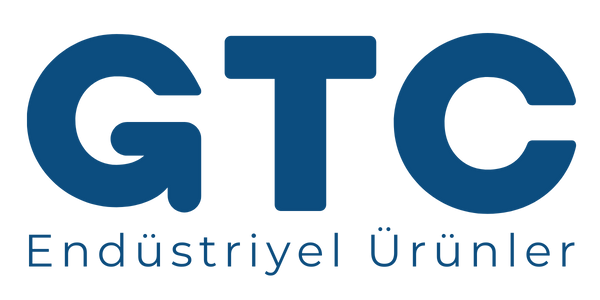Fixed Gas Detectors
Fixed gas detectors are sensors for gaseous substances designed to detect and measure gas concentrations in air. explosive gases (natural gas, LPG, hydrocarbons, solvents, alcohols), poisonous gases , volatile organic compounds (VOCs), suffocating gases (lack of oxygen) or freons They measure (refrigerants). They are usually associated with a gas detection unit to manage control systems and provide daily protection of the installation 24 hours a day, seven days a week.
Most fixed gas detection systems for toxic and flammable gases require connection to a gas detection controller. 4-20 mA linear output has and ATEX compatible. A more advanced fixed gas detector may also be equipped with a digital display, alarm relays or digital communication. For each type of gas guaranteeing the accuracy and frequency of measurements a specific sensor technology (Learn more about sensor technologies).
Flammable gas detector (explosive meter)
flammable gas detector (natural gas, LPG, hydrocarbons, solvents, alcohols) constitute the largest part of gas detection. A fixed gas detector for flammable gas can be used in almost every industry: industries with SEVESO or COMAH plants, chemical, petrochemical as well as gas detection in boiler rooms in the tertiary sector such as. There are two main monitoring technologies depending on the targeted flammable gas to be detected:
- catalytic sensor : sensor technology used for almost every flammable gas. This solution is highly efficient for monitoring natural gas, LPG, hydrocarbons, solvents and even some volatile compounds.
- Infrared Sensor : This technology should be preferred for every sector where there is a constant residual presence of flammable gases (refineries, paint or solvent factories, distilleries…).
toxic gas detector
As the use and production of highly toxic products in industry becomes stronger, the dangers to goods (explosion risk) and people (poisoning risk) also increase. Explosions and deaths occur every day around the world, reminding us of this problem.
Monitoring toxic gases The most commonly used for sensor technology It is an electrochemical sensor . This technology, which can be found in a portable or fixed gas detector, provides a large panel of gas detection sensors. For some rare gases that require measurements expressed in ppb (parts per billion), only colorimetric paper technology will be available.
Asphyxiating gas detector (lack of oxygen)
suffocating gases, It contains many gases with the same properties: They reduce the oxygen level . In almost every case a Even if the oxygen gas detector (O2 detector) is sufficient, for example a CO2 gas detector It is recommended to use an asphyxiating gas detector when available, such as a (carbon dioxide) or a helium fixed gas detector .
- For oxygen and some rare gases electrochemical sensor
- For carbon dioxide (CO2) infrared absorption sensor
- For almost any flammable gas that can replace oxygen in case of leakage catalytic sensor
VOC detector (Volatile Organic Compound)
volatile organic compounds ( VOC ) is a large family of gases and gaseous substances that can be polluting, toxic and even carcinogenic. Because they are volatile, they can easily spread into the atmosphere. Therefore, to be protected, they must be detected and measured with a fixed VOC monitor.
VOC explosive mixtures before concentrations reach an explosive level (tens of thousands of parts per million). they are very toxic . In fact, explosiveness levels are set at ten ppm. Various technologies are available for VOC detectors depending on the risk to be monitored:
- For toxicity detection photo-ionization lamp (PID lamp) or semiconductor sensor (expressed in ppm).
- Catalytic sensor for explosiveness detection or infrared absorption sensor (where available) expressed as %LEL.
Refrigerant gas detector (freons)
Halogenated hydrocarbons (CFCs and HCFCs), alkenes (HFOs), and almost every refrigerant are regulated under specific legislation that limits (or prohibits) their use. The use of chillers also requires a monitoring system – usually a fixed gas detector for freons . There are two main measurement technologies for Freons:
- semiconductor sensor : The most commonly used technology for monitoring freons
- Infrared absorption sensor : A very sensitive but very expensive technology used for some freons
Gas Detects offers many services for fixed gas detection in certain regions, such as on-site installation, installation, commissioning and calibration of gas detectors. We can also perform maintenance and periodic checks of your fixed systems. (Care and on-site calibration section go )
